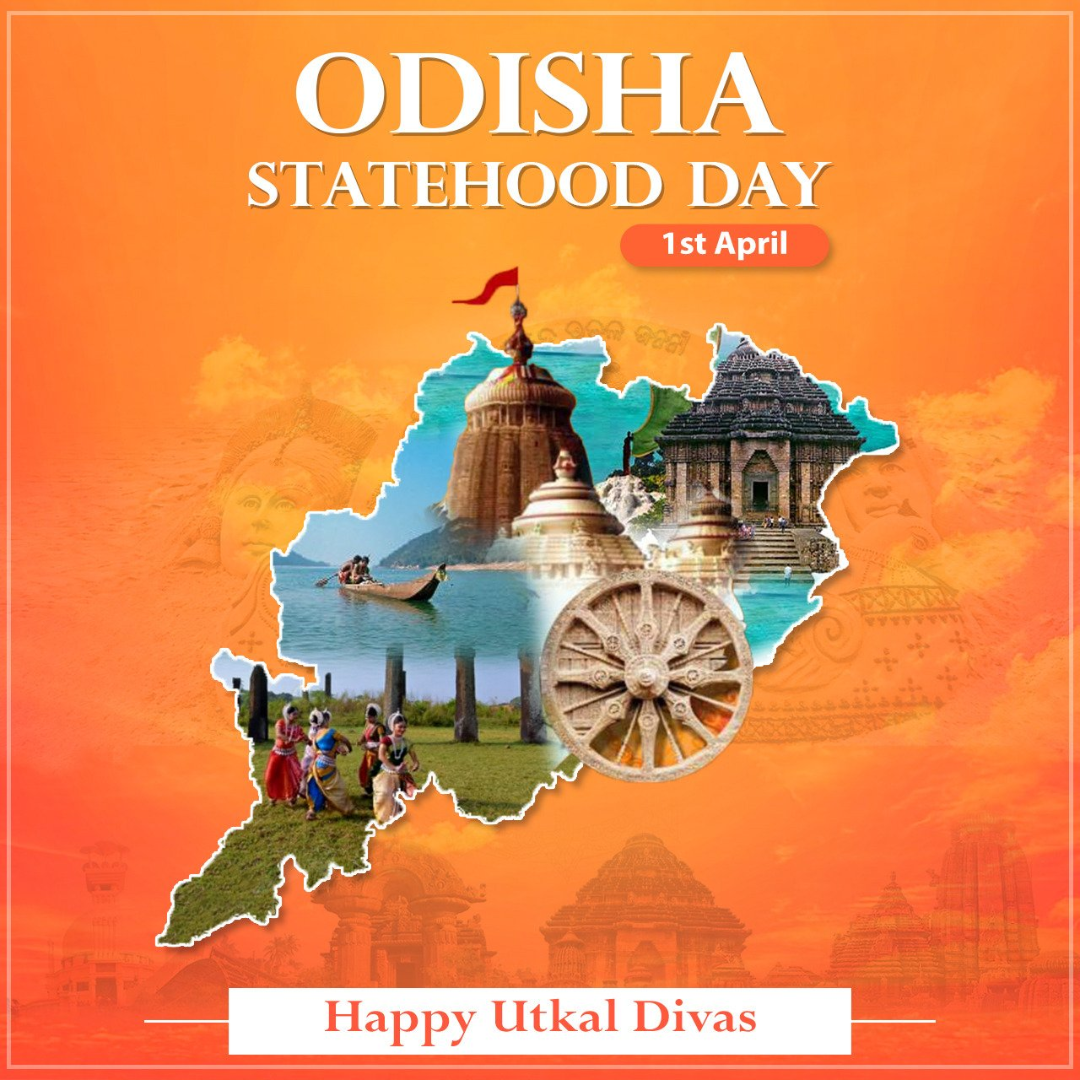When I meet new people, it intrigues me: Who asks better questions?
In one of my last meetings, I was asked why you are proud of being an ODIA (native of ODISHA).
Sometimes you may know the answer, but you are not aware of it, or you are not able to frame the answer at the time of the question.
Here are some things about the land of India's best-kept secret.
Raja Festival: Menstruation is a celebration, not a taboo. The term "Raja" itself comes from the Sanskrit word "Rajas," meaning menstruation. The festival honors women and the earth. This festival signifies the celebration of the earth and womanhood, preparing for the monsoon season and its subsequent fertility.
Odissi Dance: You can say it's the soulful connection of temple dancers with the solidarity of Odia culture through storytelling. It is one of India's oldest surviving classical dance forms, used to express myths, epics, and devotional stories gracefully.
Dhanu Yatra: The town of Bargarh transforms into the mythical city of Mathura during the Dhanu Jatra festival. Dhanuyatra holds the Guinness World Record for the world's largest open-air theater. Can you imagine a town transformed into a stage, with streets becoming performance venues and audiences actively participating in the retelling of Krishna's Leela?
Pattachitra Art: This visual narration of epic mythological stories over processed cloth rolls by skilled artisans is a century-old practice, but it is a pride possession by many worldwide.
Jagannath Temple and Rath Yatra: The Jagannath temple in Puri is one of the Char Dhams (pilgrimages). The Rath Yatra is a spectacular celebration of faith and devotion. The temple's rituals hold immense historical significance. The deities carved from wood replaced every 12–19 years in the Navakalevara ceremony represent a unique tradition not found elsewhere.
Konark Sun Temple: This architectural structure, approximately 200 feet high (though the tower has weathered over time), resembles a giant chariot carrying the Sun God on his celestial journey. The 24 wheels represent the 24 hours in a day, and the seven horses pulling the chariot symbolize the seven days of the week. The positioning of the temple was strategic, with the main entrance facing east, allowing the first rays of the rising sun to illuminate the sanctum sanctorum.
Threads of culture thrive through the festivals and fascination of people. Odisha welcomes everyone to experience and explore India's best-kept secret.
